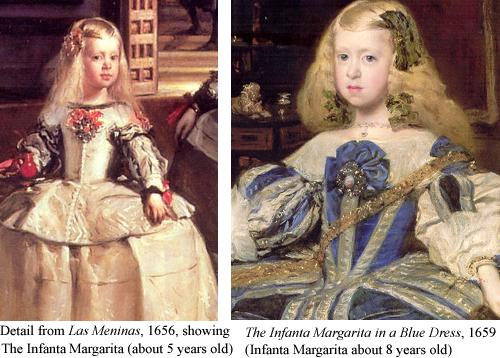Poverty and privilege reproduce themselves. If you are an American boy born in the poorest tenth of the population, you have only a 1.3 percent chance of reaching the top ten percent during your lifetime, and just a 3.7 percent chance of becoming at all wealthy (in the top fifth). If you are a male born in the bottom tenth, the odds are more than even that you will never make it out of the bottom fifth.
It’s not only that people from wealthy background have more capital and better contacts and receive more economic investments (for example, more money is spent on their schools). In addition to those factors, their relatives and peers make sure that they are ready to flourish in the white-collar work world. There is, in other words, an excellent “fit” between their background culture and the labor market. That fit is much worse for kids from working-class homes.
At least three reasonable objections can be made when people mention this problem: (A) It seems to let the government off the hook for providing poor schools and public services. (B) It seems to criticize people for not preparing their children well for the workforce. And (C) it can be viewed as a coded way of making a point–probably a hostile point–about racial minorities in America.
Therefore, let me say: (A) Inequitable public policies make matters considerably worse than they would be if our problems were simply cultural. (B) When there is a poor fit between a particular culture’s norms and the demands of the white-collar workplace, I do not automatically assume that the norms ought to change. Often I admire groups that resist the dominant economy. (C) I don’t think race is the issue in this case. Annette Lareau set out to explore differences in parenting by race and class, expecting to find that both factors would matter (as they often do). But what she actually observed were striking similarities in the parenting of African American and White children of similar economic classes. Her work is a vivid depiction of the cultural norms of our two biggest classes and how they reproduce themselves. The differences among smaller cultural groups (e.g., scientists, evangelicals, Chicagoans) may also matter, but they don’t map onto racial categories.
Some specificity is useful here. The question is not which cultures fit well with “capitalism,” because capitalism is an old, varied, and flexible phenomenon. The question is which cultures prepare young people best for a particular life that is characterized by meetings and conference calls, schedules and budgets, offices, suits, emails that read like memos, businesses lunches, handshakes, thank-you notes and holiday cards, business travel, interviews, proposals and bids, job descriptions, mission statements, PowerPoints, and websites. This world envelops people who are not straightforwardly involved in “capitalism.” For example, it is my world, even though I am a philosopher at a public university. But it leaves out the working class and the unemployed, stay-at-home parents and retirees–and any true bohemians we have left.
The “field” of white-collar work is saturated with norms and expectations. Children whose parents belong to it are raised from an early age to succeed in it. They are taught to speak as if at a business meeting, to analyze their own interests, and to negotiate on their own behalf. Modern middle-class childhood has some unattractive features. These kids are often competitive with siblings, unable to handle unstructured time, quick to quit situations that seem unprofitable or uninteresting, and over-conscious of their own entitlements. But those attitudes pay off in the labor market.
Schools try to compensate for the differences in home cultures. In fact, they may overlook the talents of working-class kids–such as their ability to fill free time with self-organized activities–because they are so eager to prepare everyone for the white-collar work world. But schools cannot fully compensate for the cultural advantages of the middle class. They cannot provide enough one-on-one interactions between adults and students to train kids for situations that will involve bilateral communication, negotiation, and self-presentation. Besides, on average, teachers are themselves a little marginal to the “field” of white-collar work. Of all professionals, teachers are some of the least experienced in negotiating contracts, making business trips, or participating in conference calls. Their daily interactions are mostly with groups of children, not with peers behind desks or on the phone.
The most radical response to this problem would not be to reform educational institutions so that they better prepare all children for the white-collar workforce, nor to compensate for inequalities in the labor market by providing better social insurance. The most radical response would be to enlarge the supply of stable and rewarding jobs that embody different values and skills from those of the white-collar world.
